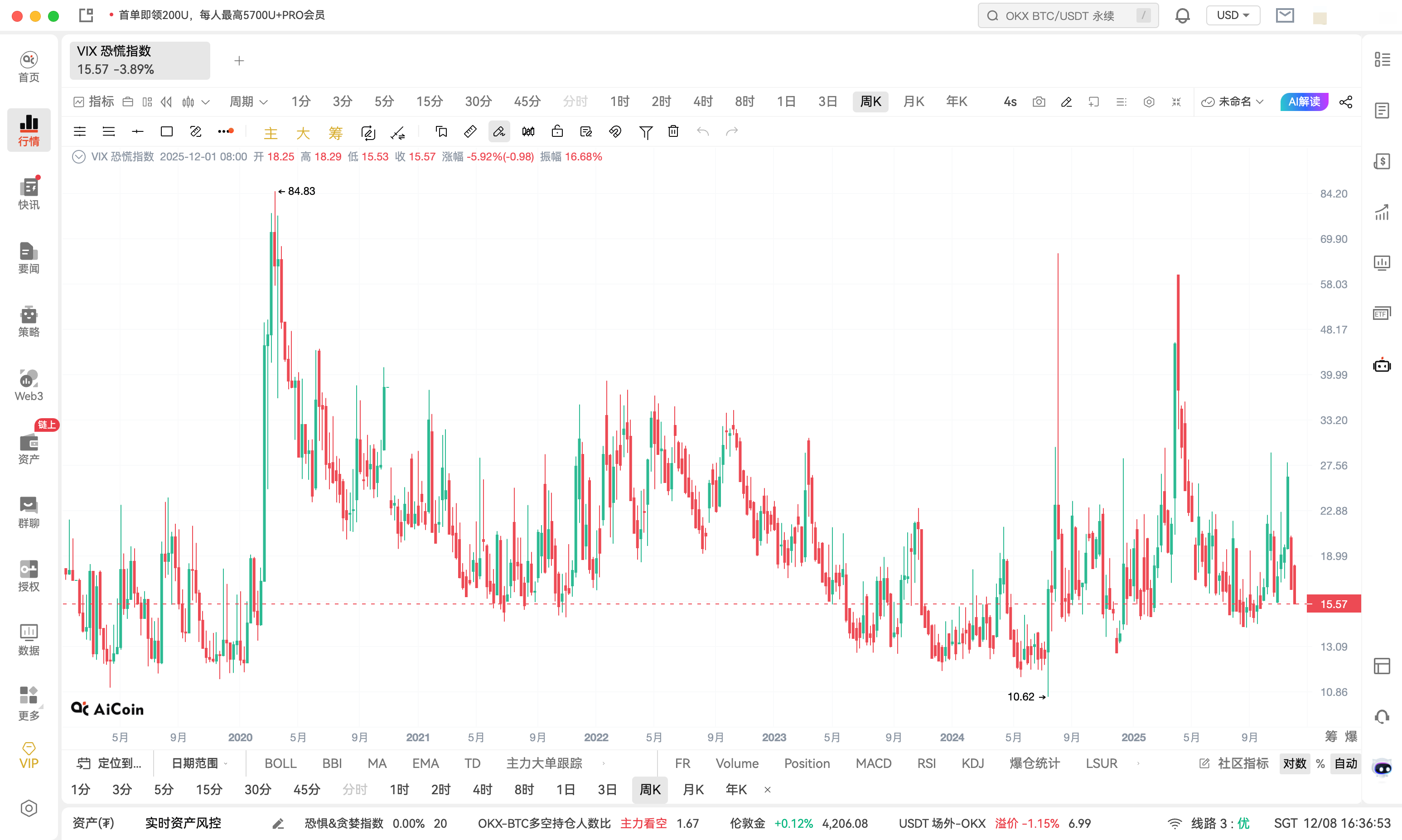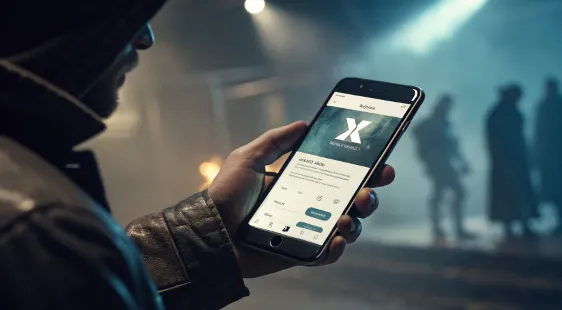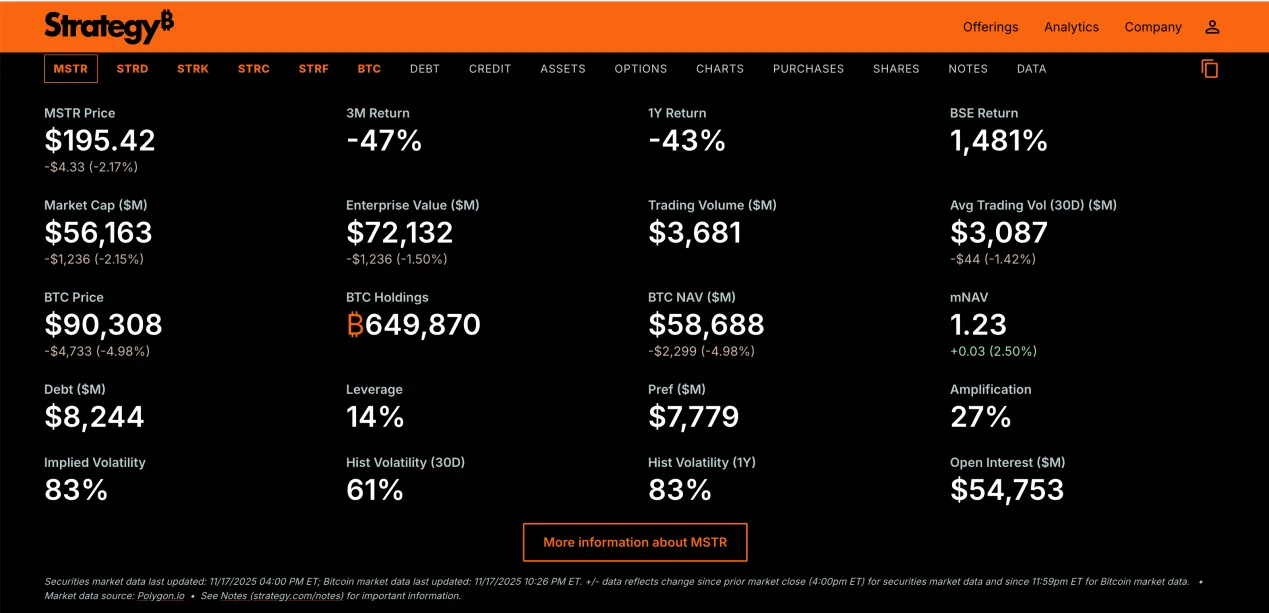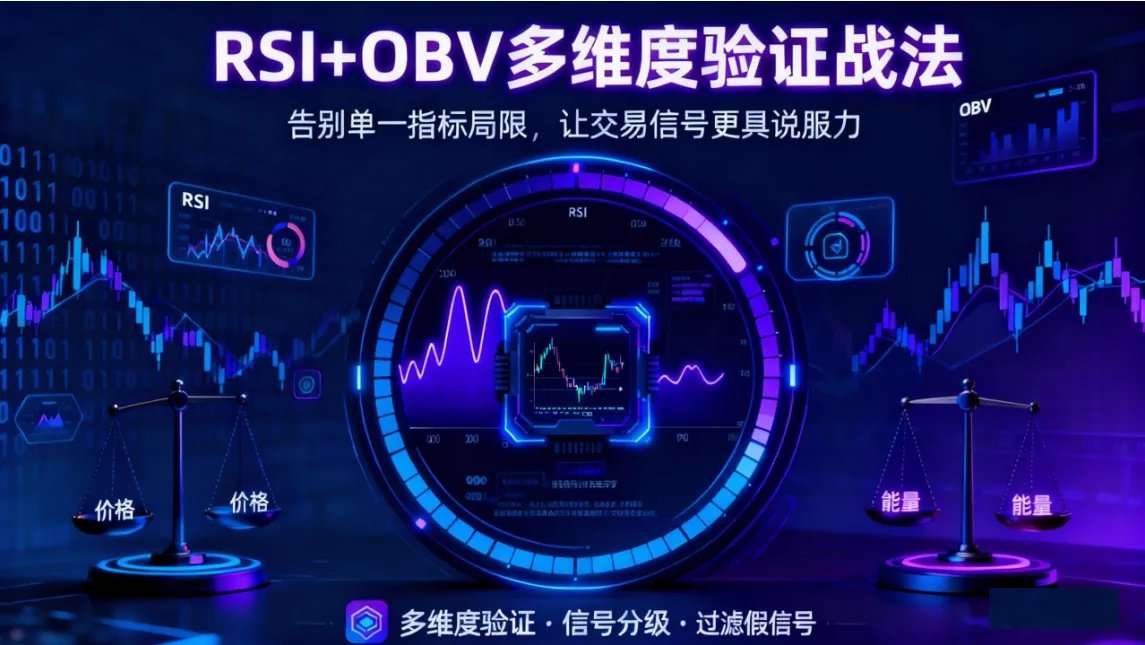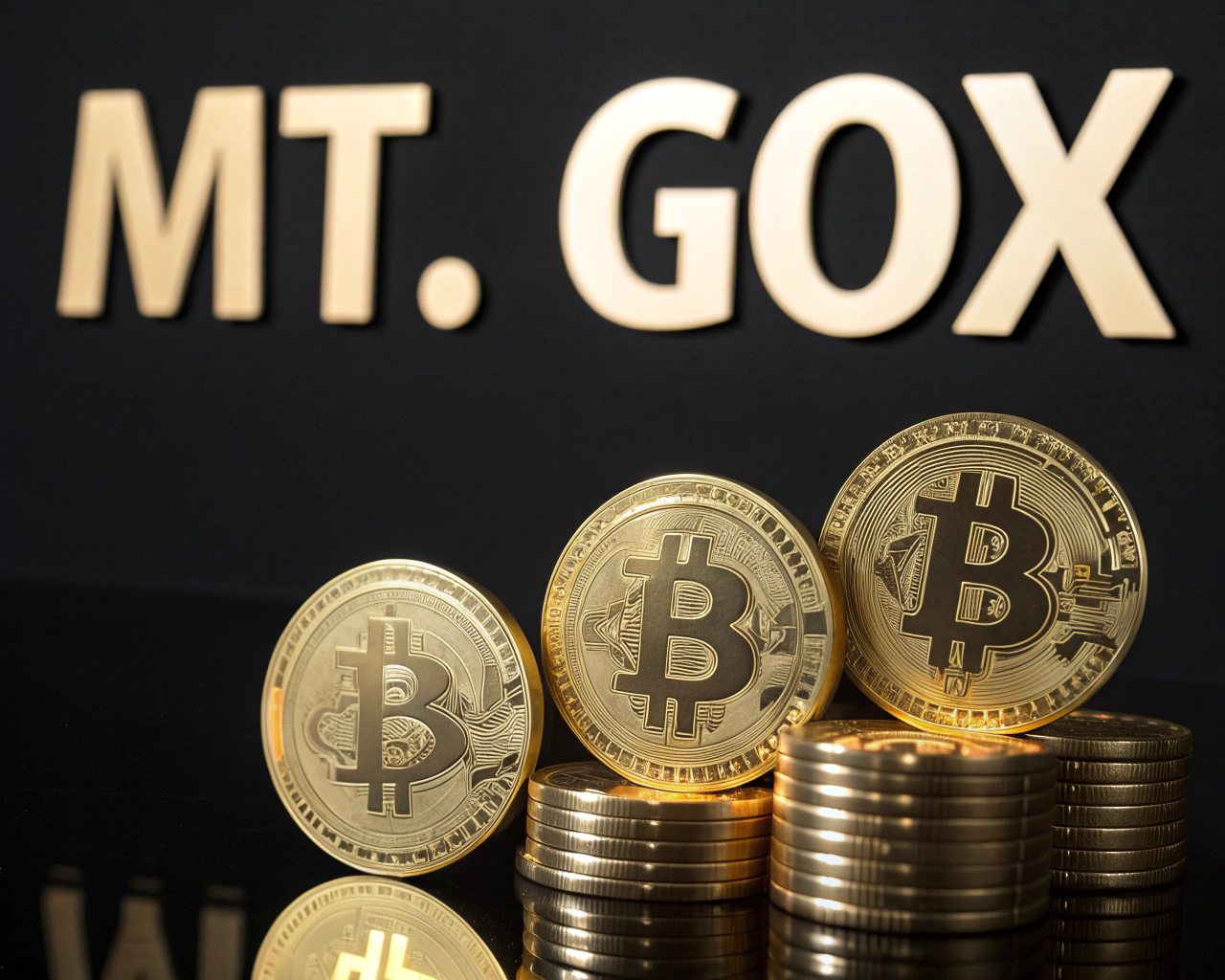As the Goerli test network is being deprecated, Ethereum developers are facing new challenges and opportunities. The Goerli test network, which has been running for 5 years, has not only provided a testing and interaction platform for numerous blockchain projects but has also witnessed the continuous evolution of the Ethereum ecosystem.
However, with its discontinuation, a new generation of Ethereum test networks—Sepolia and Holesky—are gradually emerging. The appearance of these two test networks not only provides developers with a new testing environment but also brings them new opportunities to obtain test coins. This article will delve into how to obtain Sepolia and Holesky test coins, as well as the characteristics and advantages of these two test networks.
Differences Between Sepolia and Holesky Test Networks
Sepolia was launched in October 2021, initially using the POW mechanism but later transitioning to the POS mechanism. Sepolia is designed as a playground for developers, providing a precise testing environment for smart contracts and decentralized applications (dApps). The platform features fast synchronization and a set of licensed validators, making it an efficient choice for developers to focus on dApp development. Additionally, Sepolia has an unlimited supply of test coins, sepETH (Sepolia ETH), eliminating the bottleneck of limited test coins in Goerli and further assisting developers.
If Sepolia is considered the best place to test smart contracts and dApps, then the purpose of Holesky is to test validators and staking.
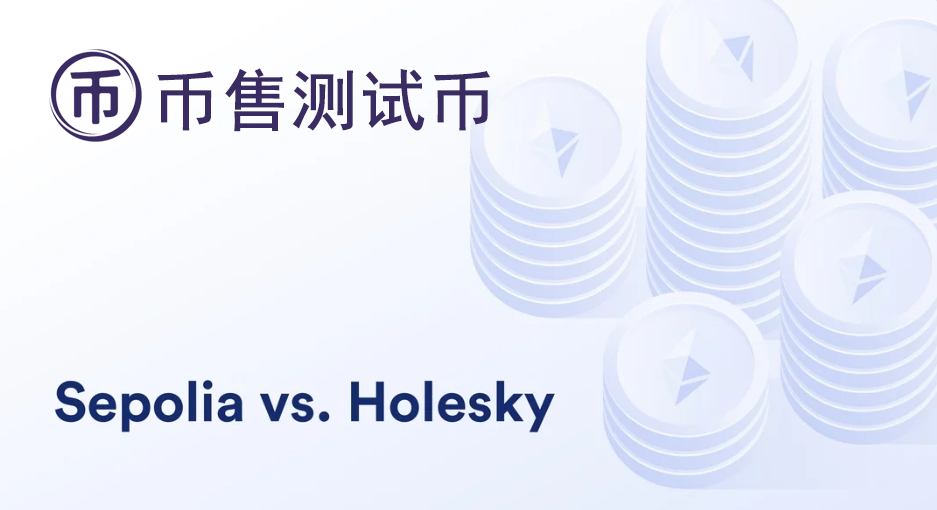
Holesky, launched in September 2023 as the latest Ethereum test network, replaces Goerli. It serves as a network for testing validation and staking, open to users who wish to test protocol upgrades before deploying them on the mainnet. Holesky aims to address the scalability issues faced by Goerli, such as the shortage and high demand for gETH (Goerli ETH). Holesky has approximately 1.6 billion holETH (Holesky ETH), which should address the gETH shortage. Furthermore, Holesky provides validators with more powerful testing capabilities, with over 1.5 million active validators on the network—exceeding the total of Ethereum mainnet and Goerli. This large number of validators creates an environment conducive to detecting any scalability issues that may arise.
Obtaining Sepolia and Holesky Test Coins
1. Claiming from Node Faucets
Some companies focused on blockchain nodes, such as Alchemy and QuickNode, provide faucets for users to attract traffic. However, registration is generally required. Here are a few examples:
Alchemy Faucet: Allows free claiming of 0.5 Sepolia ETH daily. Requirement: Register and log in, and the wallet address must have at least 0.001 ETH on the Ethereum mainnet.
Rockx Faucet: Offers 0.05 Sepolia ETH every 24 hours, an additional 0.1 for sharing a tweet, and another 0.05 for joining the RockX Discord channel. Requirement: Register and log in to a Rockx account.
QuickNode Faucet: Provides 0.05 Sepolia ETH every 12 hours, with an additional 0.05 for sharing a tweet. Requirement: Connect a wallet with at least 0.001 ETH on the Ethereum mainnet.
Tatum Faucet: Allows claiming of 0.002 ETH daily (including Sepolia and Holesky). Requirement: Register and log in, and the wallet address must have at least 0.001 ETH on the Ethereum mainnet.
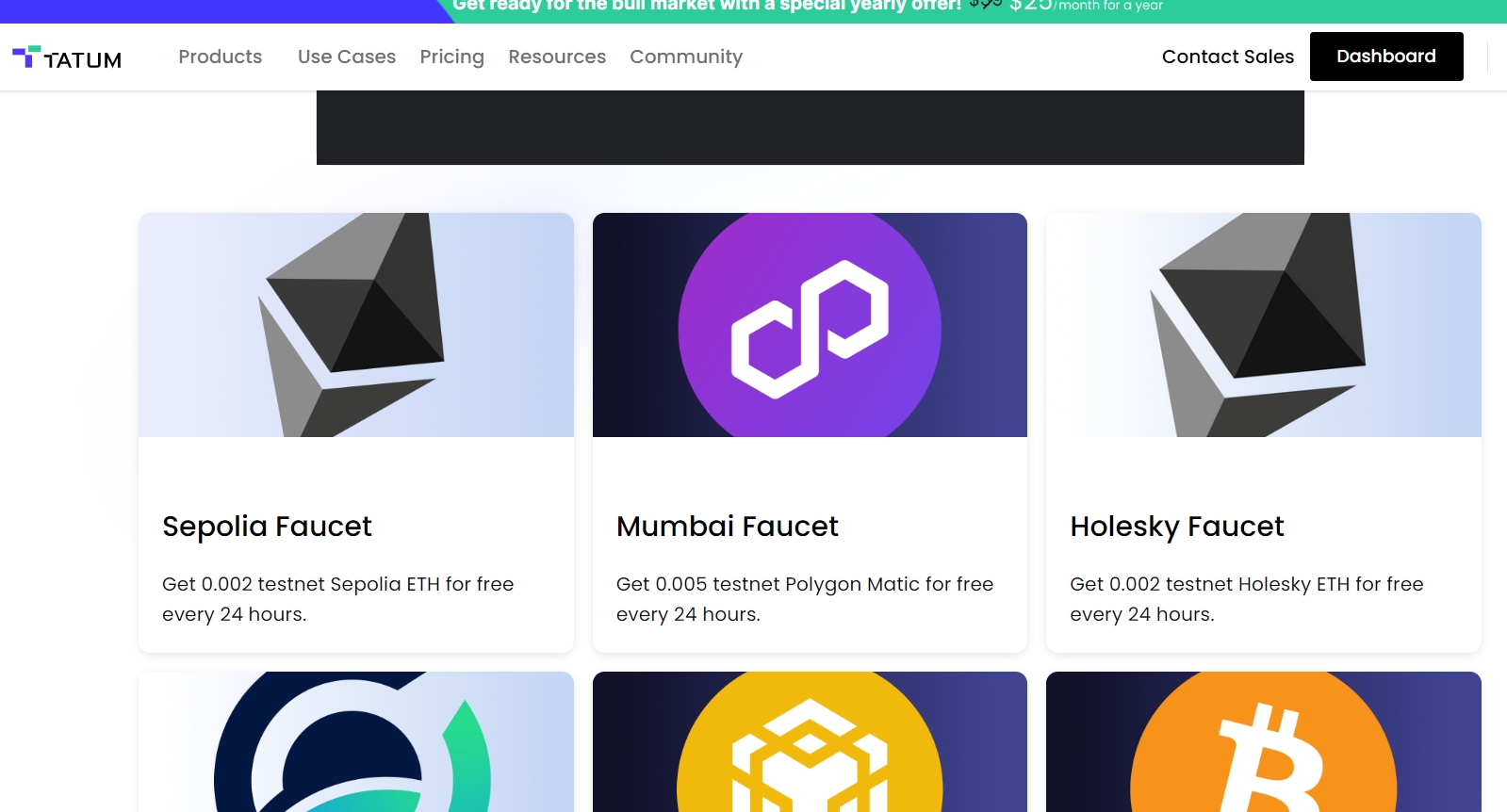
Bwarelabs: Offers claiming of 0.025 ETH daily (supports both Sepolia and Holesky), with an additional 0.075 for posting a tweet. However, the website distributes a maximum of 15 ETH per day, so it's recommended to claim early.
2. Claiming from Third-Party Faucets
In addition to node companies' faucets, there are also charitable faucets that generally do not require registration or a balance on the mainnet, making them more convenient. Here are a few popular ETH faucets:
Automata Faucet: Operated by a machine proof network, offering 0.1 Sepolia ETH and 0.1 Holesky ETH per machine per day, with no special requirements.
Testnet help: A charitable website providing assistance with test coins since 2018, allowing claiming of 0.001 Sepolia ETH per address daily, with no specific requirements, just follow the website's instructions to fill in the address.
pk910 POW: A mining-type faucet for obtaining Sepolia ETH and Holesky ETH through POW mining, with a minimum of 0.1. Although the amount is not large, it is convenient as no registration is required. Additionally, active participation on one's own Github can also lead to free test coins.
3. Purchasing from Bisell Test Coin Exchange
It is evident that test coins from faucets are free but often come with various requirements, such as registration and social media tasks. Even without requirements, mining is required, and the quantity is extremely limited, insufficient for testing a smart contract. In this situation, third-party test coin trading platforms have emerged.
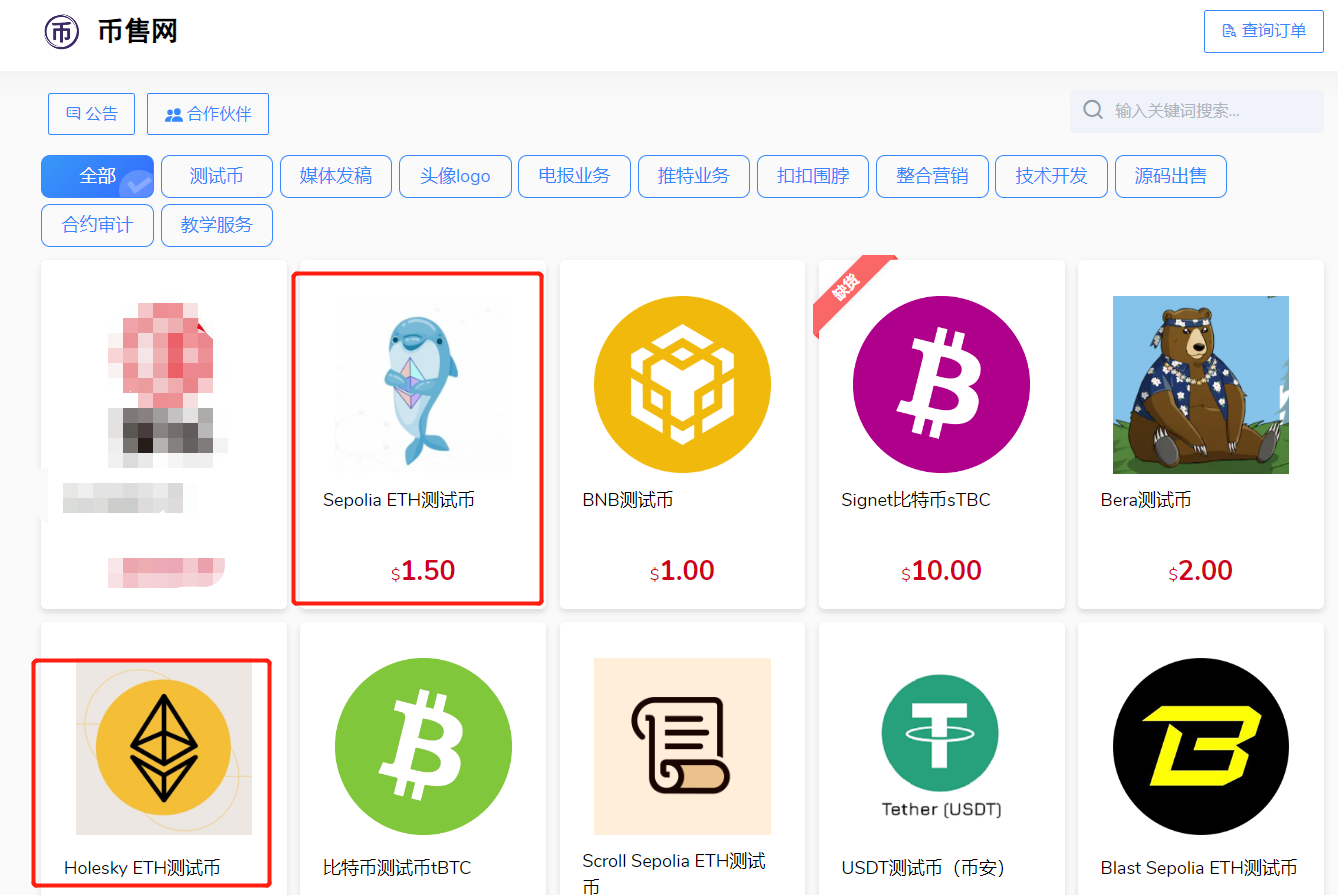
For example, Bisell is currently the largest test coin trading platform, offering Sepolia ETH, Holesky ETH, Arbitrum ETH, and more, making it very convenient. If you require a larger amount of ETH for your development project, Bisell is a good choice.
免责声明:本文章仅代表作者个人观点,不代表本平台的立场和观点。本文章仅供信息分享,不构成对任何人的任何投资建议。用户与作者之间的任何争议,与本平台无关。如网页中刊载的文章或图片涉及侵权,请提供相关的权利证明和身份证明发送邮件到support@aicoin.com,本平台相关工作人员将会进行核查。
